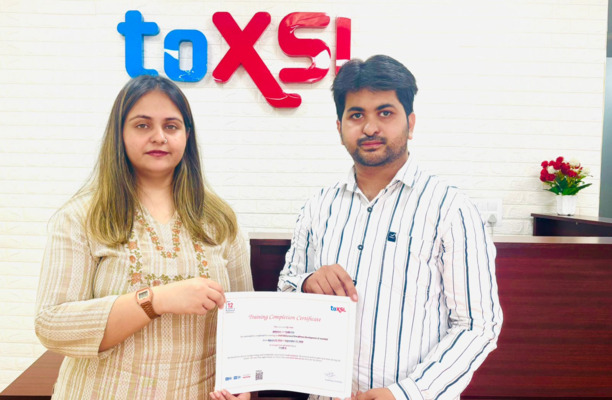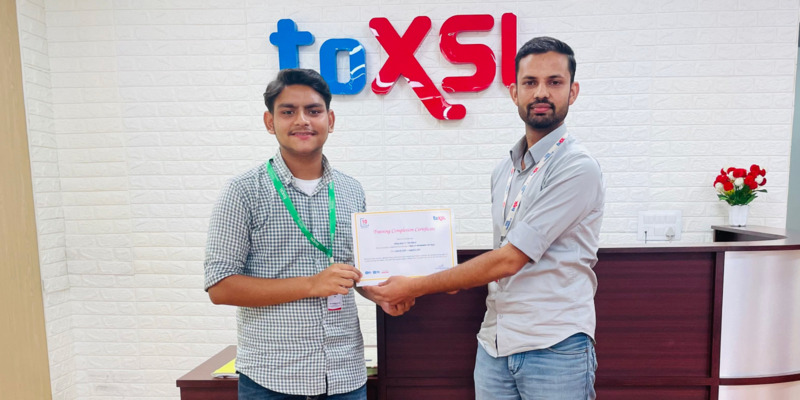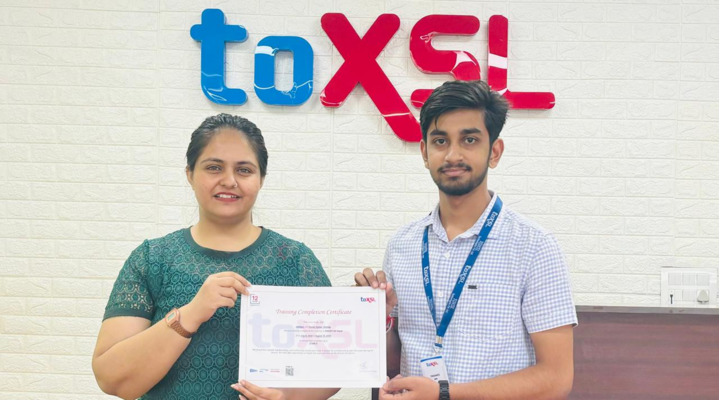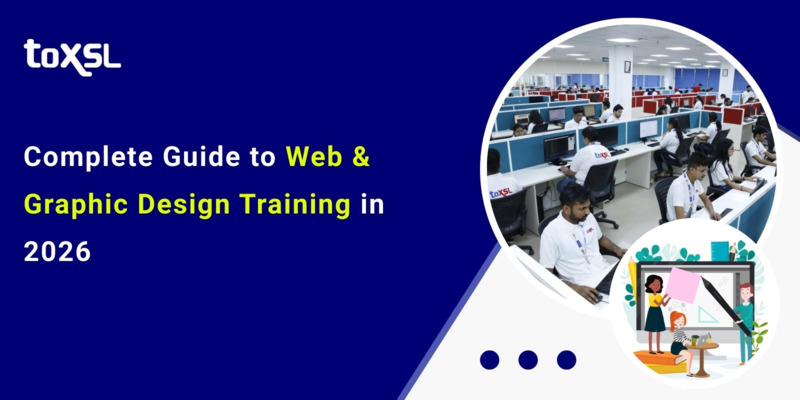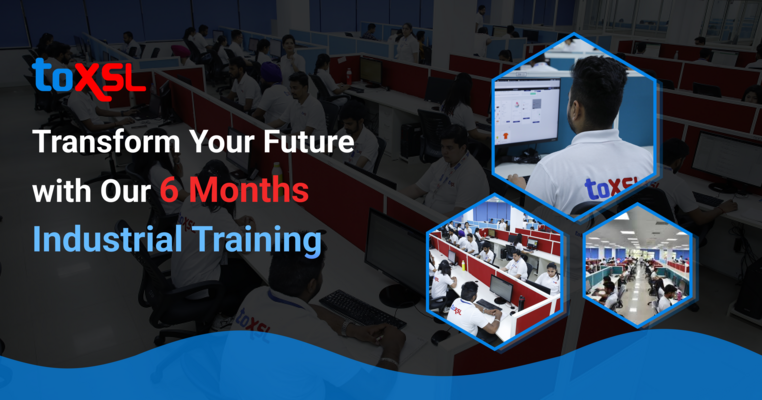
Apr 27, 2023
Trainings
Training plays a crucial role in our education program. By organizing expert-led professional training sessions, we provide our students with the opportunity to work alongside industry specialists. This way, they can apply the theoretical knowledge gained in the classroom to real-life situations in any field of their choice.
We congratulate you on successfully completing your training and commend your hard work and commitment.
